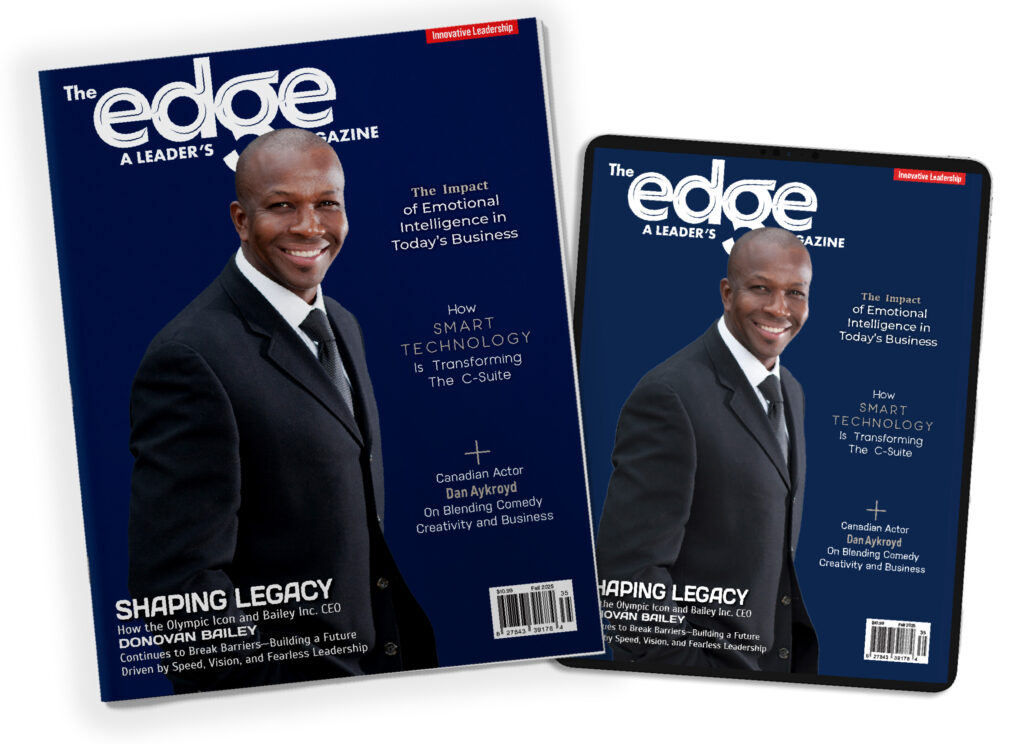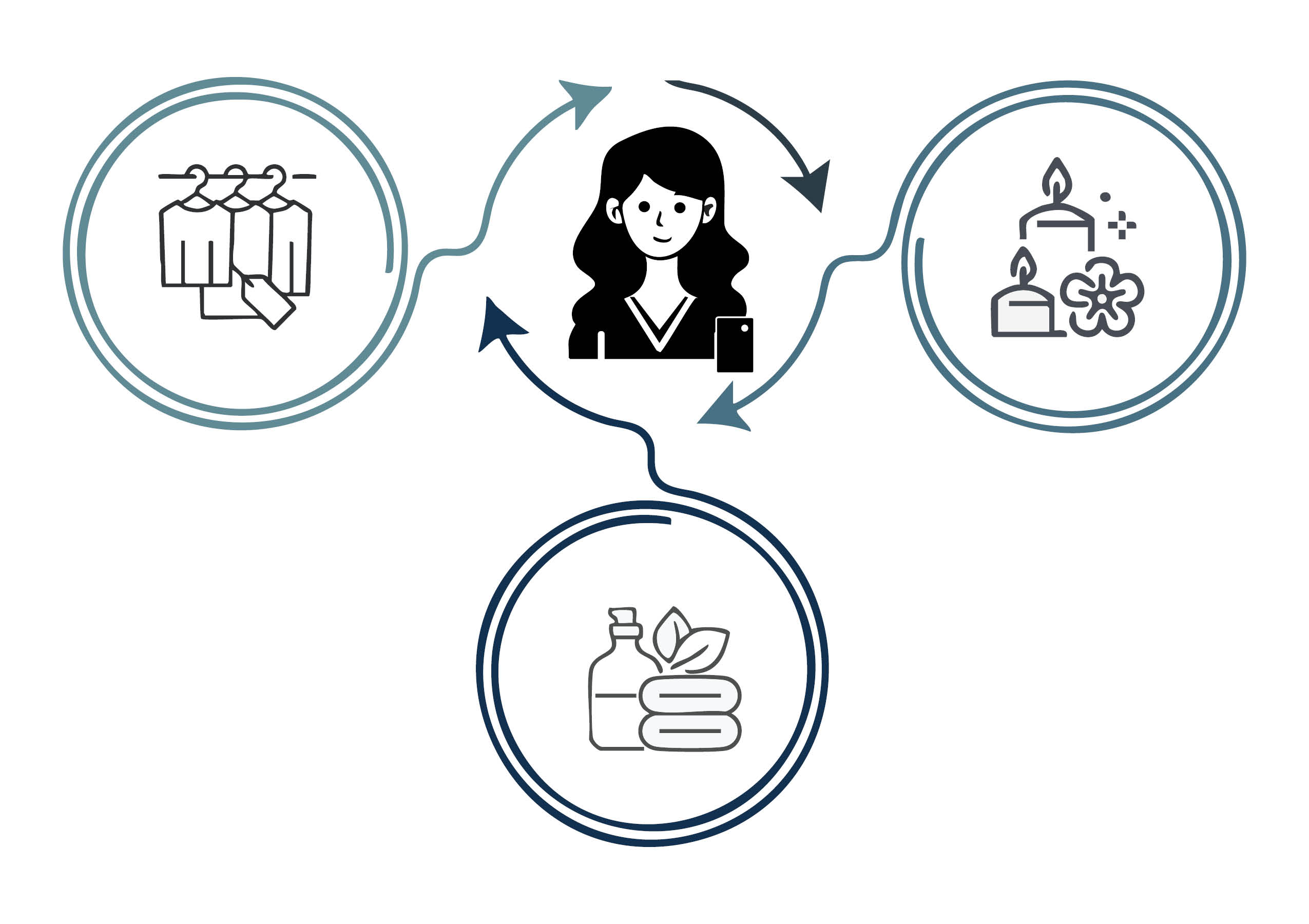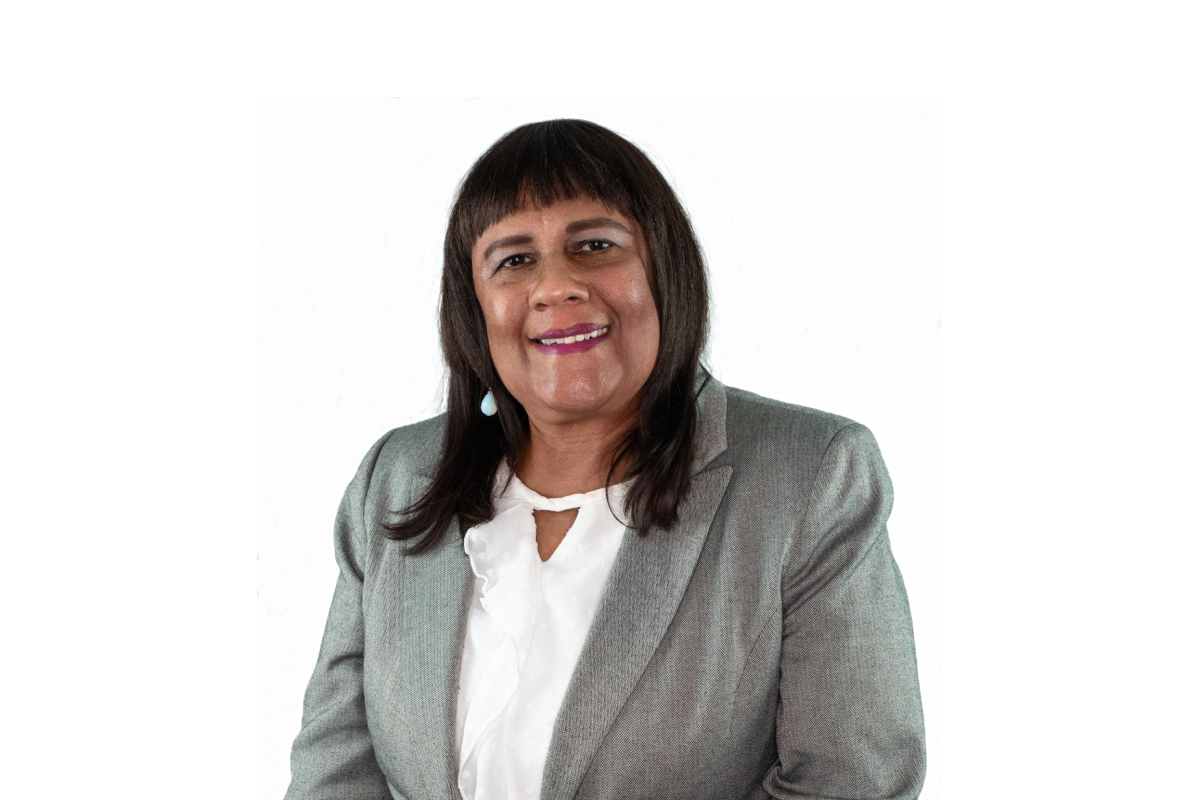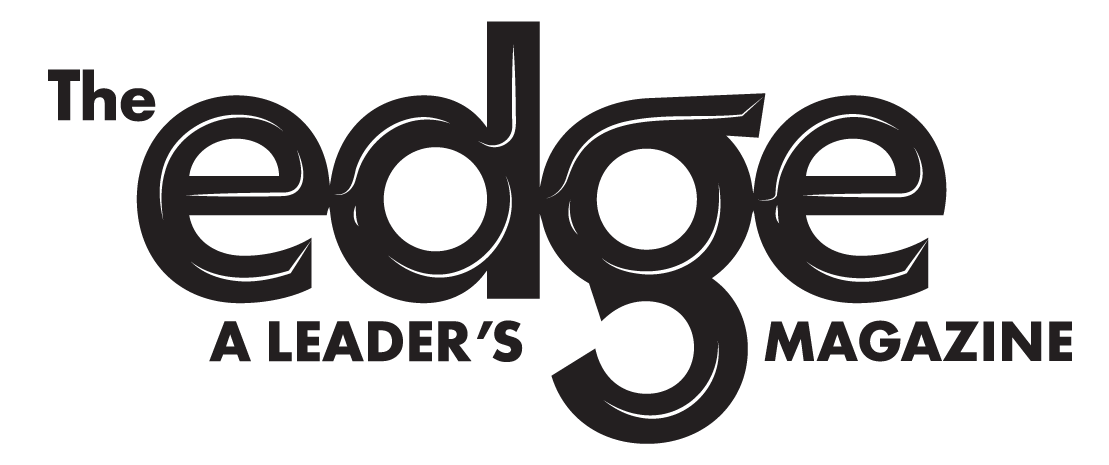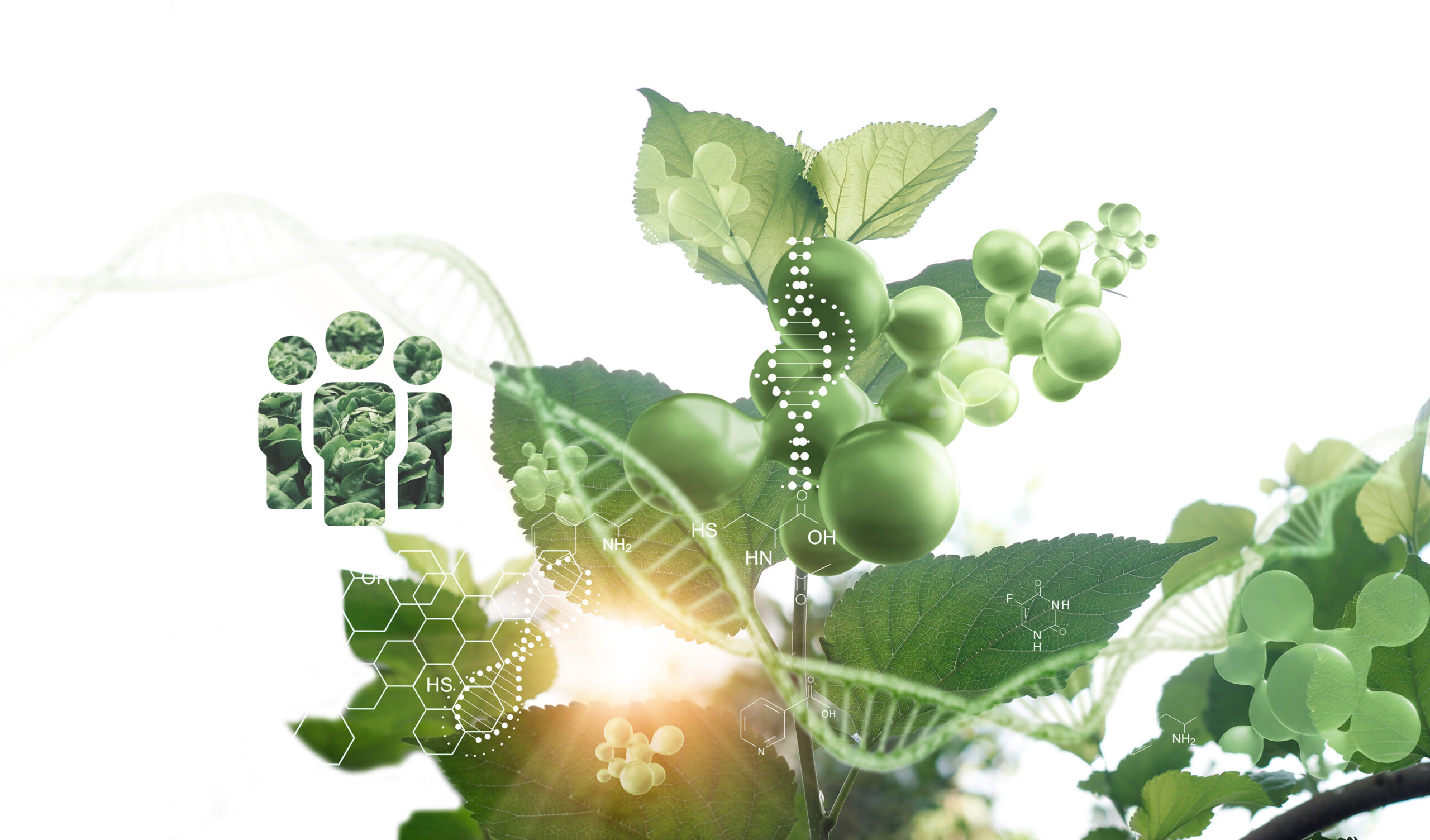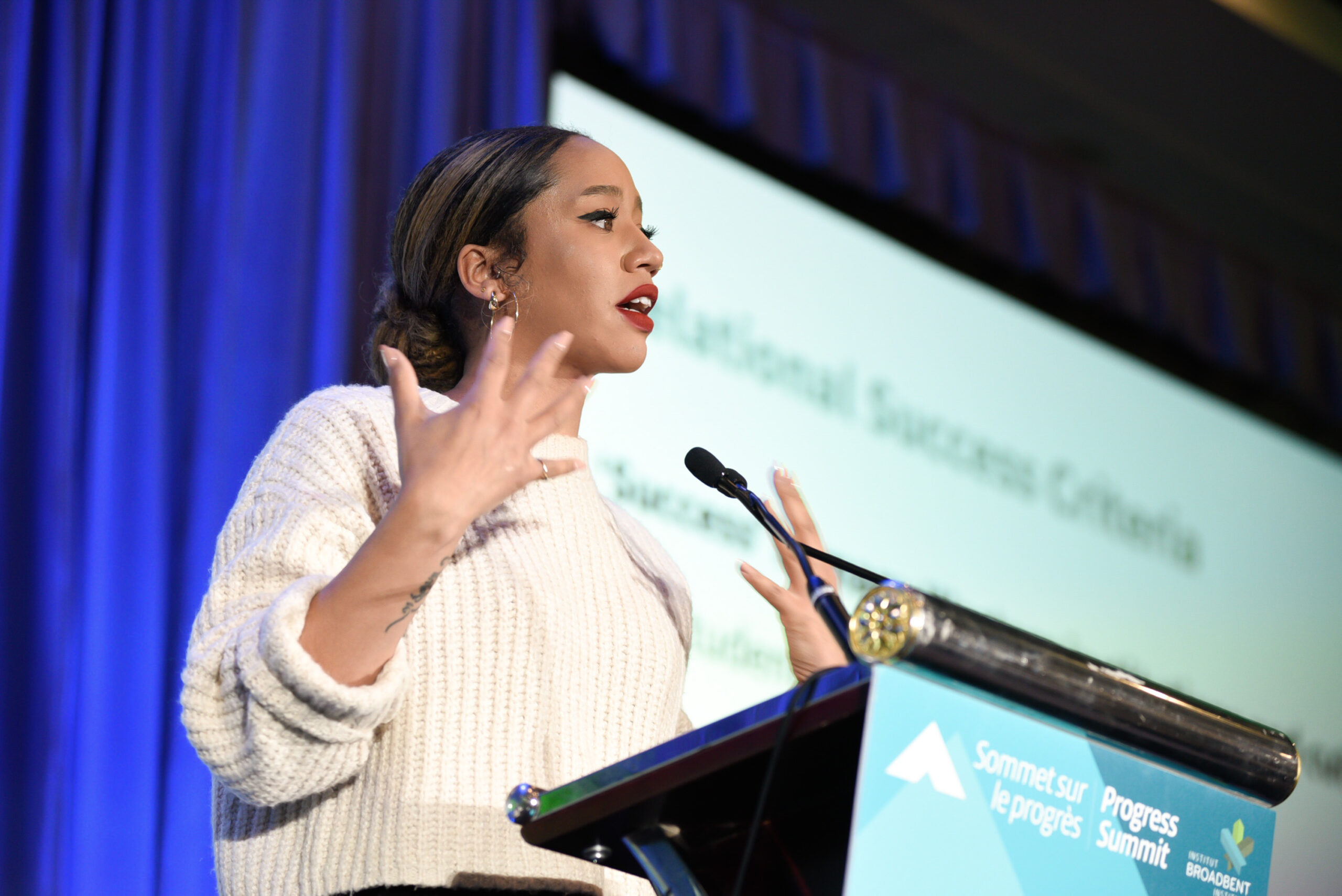In recent years, the financial inclusion movement has been a compelling force for driving global economic equality. At the heart of this transformative shift are women—entrepreneurs, innovators, and change-makers, who are breaking barriers and reshaping economic landscapes worldwide. Their contributions are not only closing gender gaps, but also catalyzing growth for entire communities and economies.
Women as Catalysts for Change
Historically, financial systems have often sidelined women, limiting their access to credit, savings, and investment opportunities. However, this narrative is changing. Women are no longer passive participants; they take the reins as active contributors to financial inclusion. From microfinance initiatives in rural villages to leading billion-dollar fintech enterprises, women are driving innovation and expanding access to financial services for underserved populations. The impact is profound. According to a World Bank study, increasing women’s access to financial resources can spur economic growth by as much as 12% in some regions. Moreover, when women control financial decisions, they prioritize investments in education, healthcare, and family welfare, creating a ripple effect of positive change.
Microfinance and Grassroots Initiatives
Microfinance institutions (MFIs) are a gateway to financial inclusion, and women are at the forefront of these initiatives. Organizations such as the Grameen Bank in Bangladesh and SEWA (Self-Employed Women’s Association) in India have demonstrated the power of providing small loans to women. These loans enable them to start businesses, build savings, and gain financial independence. Women’s participation in MFIs has also cultivated a culture of trust and accountability. Studies show that women borrowers have a repayment rate of over 90%, reinforcing their credibility and potential as economic drivers.
The Rise of Women in Fintech
Beyond grassroots efforts, women are making waves in the fintech sector, leveraging technology to expand financial access. Leaders like Anne Boden, founder of Starling Bank, and Safra Catz, CEO of Oracle, are pioneering digital banking solutions that are inclusive, user-friendly, and scalable. These platforms are breaking down traditional barriers by offering services such as mobile banking, digital wallets, and blockchain-based lending to marginalized communities.
The Challenges Ahead
Despite significant strides, women face systemic challenges that hinder full financial inclusion. Key barriers include: Cultural Norms and Biases occur in many societies; cultural restrictions and gender biases limit women’s access to f i financial resources. Digital Divide as limited access to technology, especially in rural areas, remains a significant hurdle for women. Regulatory Gap because financial systems in some regions lack policies to protect and empower women borrowers. Overcoming these obstacles requires concerted efforts from governments, private sector players, and civil society organizations. Policies that promote gender equality, technological accessibility, and financial literacy are critical to sustaining progress.
Empowering the Next Generation
Women and girls are essential to build a sustainable future. Programmes such as UN Women’s financial literacy initiatives and Mastercard’s Girls4Tech campaign equip the next generation with the tools they need to thrive in an increasingly digital economy. Moreover, mentorship and leadership programs are cultivating a pipeline of women leaders in finance. These initiatives empower women to shape tomorrow’s financial sector by fostering networks and creating opportunities.
Harnessing the Power of Partnerships
Collaboration between the public and private sectors has proven to be a powerful driver of financial inclusion for women. Governments, non-governmental organizations (NGOs), and corporations are forming strategic partnerships to bridge gaps in financial access and empower women economically. For instance, public-private initiatives such as the Women Entrepreneurs Finance Initiative (We-Fi) bring together multilateral banks, governments, and private investors to fund and assist women-owned businesses in developing countries. Similarly, companies like Mastercard are partnering with local organizations to roll out digital payment systems tailored to the needs of women in underserved markets. Such partnerships leverage the strengths of diverse stakeholders—policy expertise, capital, and on-the-ground networks—to create scalable solutions that address the unique challenges women face in accessing financial services.
A Global Call to Action
The financial inclusion movement is more than just a fight for equality—it is a blueprint for global economic resilience. As women continue to drive this movement, they are lifting themselves and transforming the economic destinies of entire communities. The path forward requires collaboration, innovation, and commitment to gender equality. Governments, businesses, and individuals must recognize the value of women’s financial empowerment and work together to dismantle barriers and invest in a future where prosperity knows no gender. The question is not whether we can achieve economic equality, but how quickly we can rally behind women to make it a reality. As we embrace this vision, the financial inclusion movement promises a brighter, more equitable world.
Amoi Lindo | Contributing Writer
